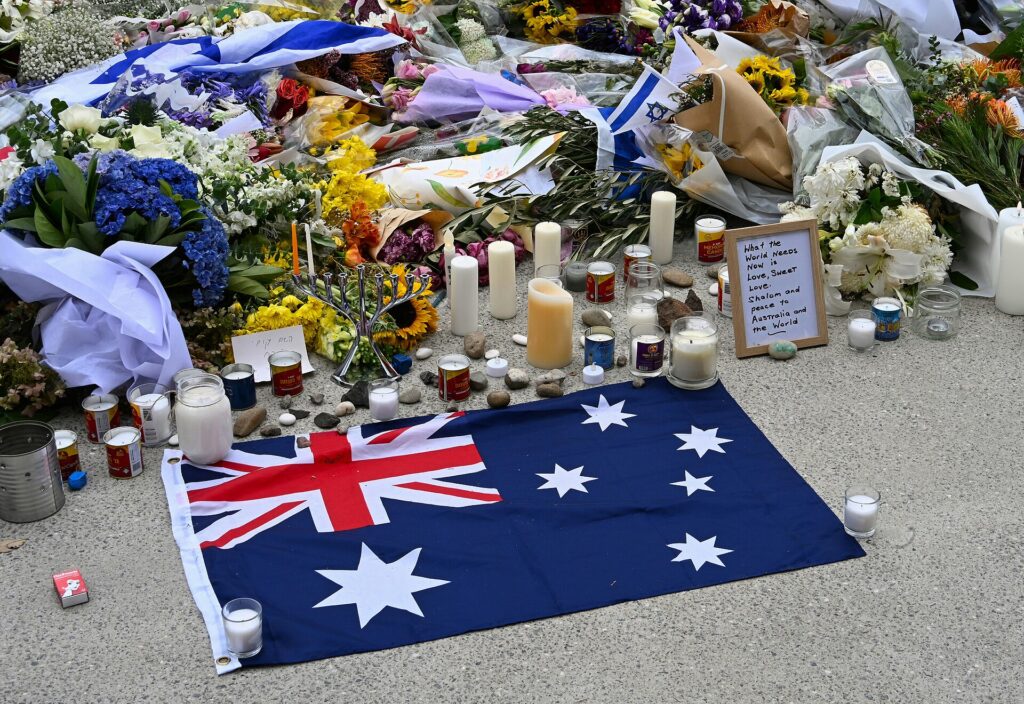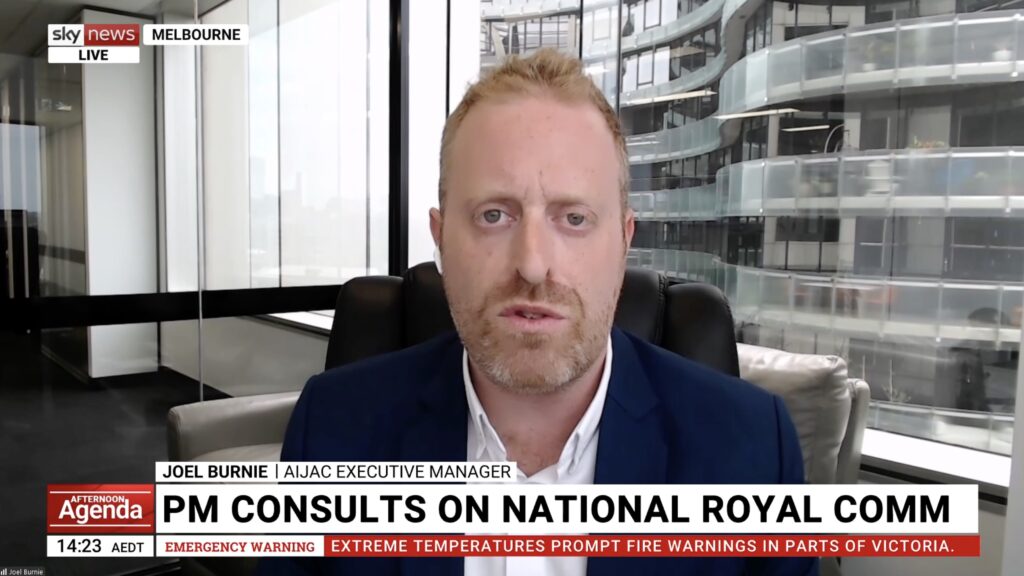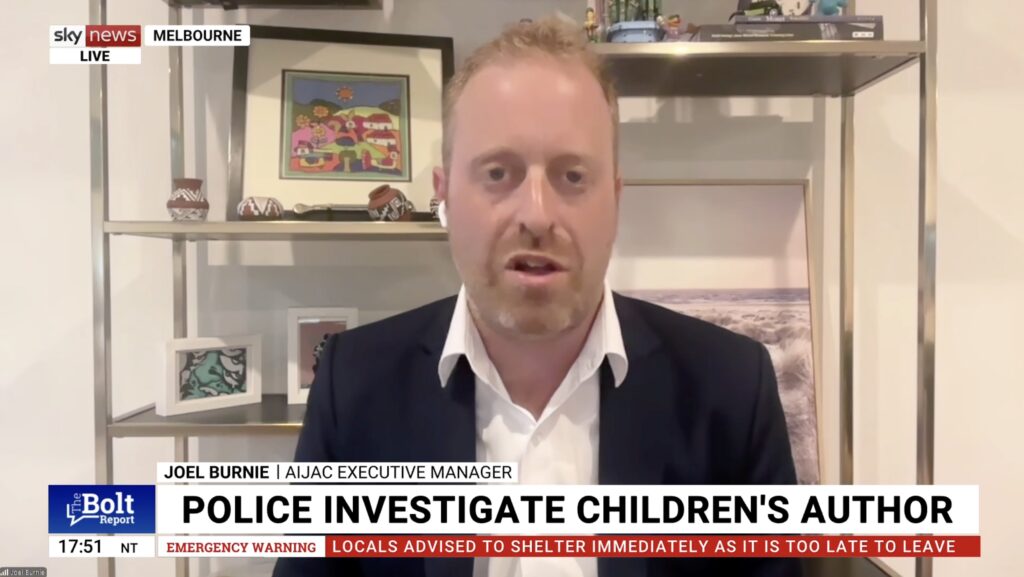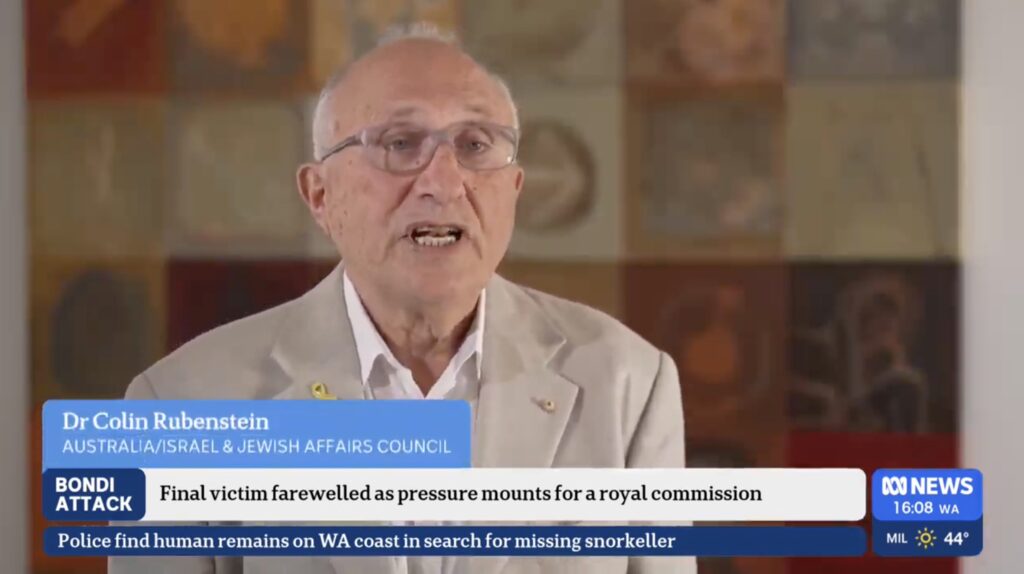UPDATES
On Hebron’s Palestinian agitprop tours, it’s all Israel’s fault
October 2, 2014 | Ahron Shapiro

“Excuse me, looking for a guide?”
I was standing in the plaza outside of Hebron’s Cave of the Patriarchs – the burial place of Judaism’s great patriarchs and matriarchs and its second holiest site. Across the street were some gift shops run by Palestinians and it was from this direction that I was being approached by a Palestinian man in his early twenties waving a brochure.
I wasn’t really looking for a guide – I had come to the city to independently review the situation on the ground and compare it to some of the reports I had seen in Australian media over the past couple of years.
But I decided to accept his offer when I saw that the brochure he was showing me was not a guide into the historical sites in Hebron but rather a fold-out map and template for an anti-settler tour devised by the left-wing Israeli NGO B’tselem.
Just what is this tour that is being marketed daily to unsuspecting tourists – including visiting journalists, and how might this be affecting the way Hebron is being portrayed in the media, I wondered? (The situation in Hebron, which is indeed the most problematic and difficult situation anywhere in the West Bank – often features heavily in the most anti-Israel reporting and features in Australia – see for instance John Lyon’s controversial ABC-TV program “Stone Cold Justice”, and his later report on Senator Nick Xenophon’s tour of the city. (subscription required)
Even though I knew that accepting the tour would bring me into the Palestinian-controlled H1 section of the city and therefore beyond the protection of the IDF, I decided to be as honest with the guide as I felt I safely could be. So, I showed him my press credentials, told him I wrote for a Melbourne-based publication and confided in him that I was Jewish when he asked. I was a little uneasy about sounding too Jewish though, so when he asked my name, I gave my middle name, Robert.
I asked my guide, who said his name was Mohammad, how much it would cost, and he told me I could “pay what I liked”. I also added a twist to the tour. Since a lot of the negative media reports from Hebron had focused on imagery of clashes between Palestinians and the IDF, I asked the tour guide to take me to one if possible.
As fate would have it, earlier that same morning two Hamas terrorists – prime suspects in the cold-blooded kidnapping and murder of three Jewish students in June – had been killed in a firefight with the IDF and there were many clashes expected that day. Mohammad readily agreed to show me one.
His plan for finding a demonstration, I soon realized, was to weave around Israeli security checkpoints surrounding a narrow corridor of Israeli neighbourhoods in the city. This revealed a fact that may not be apparent to people who watch televised footage of violent clashes between Palestinians and the IDF. Such clashes almost always occur directly at or in front of IDF posts themselves and not deep inside Palestinian self-rule areas.
We passed locations where violent clashes clearly had taken place only a short time earlier – the remains of burning tyres were still smouldering. But at these locations, the streets were now practically deserted. Rather than uncontrolled rage, the evidence before me pointed to planning and orchestration. Who decides when a protest begins and when it ends, I asked my guide. He couldn’t say.
We kept on walking, and Mohammad returned to the format of the B’tselem tour in the pamphlet, assuring me he knew where we could find a protest later. We got to talking about his experience as a guide, and he told me that he had been helping take groups into Hebron for B’tselem and its left-wing NGO stablemate Breaking the Silence, which specializes in criticising IDF behavior towards Palestinians as well as criticism of IDF protection of Israeli settlers in the West Bank.
The issue of protection of Israeli citizens in the West Bank brings me back to the matter of the security corridor mentioned earlier. Mohammad’s B’tselem-designed tour shines a spotlight on the steps the IDF implemented during the second intifada roughly a decade ago to stem the increasing number of fatal attacks on settlers and tourists in Hebron. The problem is that, while pointing out the effects of these measures, the reasons for why the steps were taken are downplayed or ignored.
So, for example, when the tour points out how Palestinians are restricted from accessing a certain street, or that Palestinian shops on that particular street were closed, the issue of terrorism isn’t discussed. It also isn’t mentioned that the street is a lifeline to the Jewish neighbourhoods. What’s more, it isn’t mentioned, for example, that these neighbourhoods were built on Jewish-owned property and repopulated in the years following the 1967 war after the ancient community had been subject to slaughter by Islamic extremists in the city in 1929, and their survivors expelled by the British.
The future of Hebron’s Jewish community and access to the Cave of the Patriarchs is sure to be a highly contentious issue in any potential peace agreement between Israel and the Palestinians. However, in the meantime, to one-sidedly blame Israel or the Jews of Hebron for the steps that were taken in order to protect lives in the face of terrorism distorts the complex reality of the conflict.
These were the thoughts running through my mind as Mohammad took me through Hebron’s Old City and the casbah market, angrily pointing out, for example, sealed pathways heading into a Jewish neighbourhood. He did not explain the context of why they were sealed or, for that matter, ever concede the fact that Jews have justifiable reasons to fear for their safety in Hebron (without such protections) or that Jews have a legitimate claim in trying to live in their privately owned and historic properties in Hebron, and a moral claim, especially in light of the 1929 massacre.
The Palestinians I met in Hebron – along with a variety of foreign political supporters and sycophants I ran into along the tour – were very warm and welcoming to me, but I sensed strongly that goodwill was very much dependent on their hopes that I would write a favourable, sympathetic (perhaps one-sided would be a better word) report upon my return to Australia.
At the root of this impression were the foreboding overtones of my guide. As we neared the site of the demonstration, Mohammad warned me that video recording Palestinian violence such as rock-throwing against the IDF was not allowed, and hinted that ignoring that advice could endanger my safety.
He also seemed remarkably reluctant to allow me out of his sight in the Palestinian areas of Hebron, even when the tour had ostensibly ended. It was impossible to tell if that was because he was concerned for my safety or because he didn’t trust me.
Regardless, he promised to show me a demonstration, and he delivered.
Before us swept a Hamas funeral parade through the streets of Hebron, seemingly thousands of people, including children, chanting and waving the flag of an organisation that calls for the destruction of Israel and genocide against the Jewish people right in its charter.
The procession came within a block of an IDF checkpoint. I could see a couple of Israeli Border Police in riot gear. Under attack from slingshot-armed Palestinians hurling baseball-sized stones, they lobbed a tear gas canister to keep the rock-throwers at a distance.
Rather than directly confront the protesters, the Border Policemen were taking defensive positions around the side of a building, and soon all I could see were the Palestinian stone-throwers – a mixed group of masked adults and a few teenagers – hurling stone after stone over the building after them.
“I don’t take part in protests like these,” Mohammad said to me as we watched the spectacle. “The rocks don’t do anything.”
On that I agreed with him. But – I could have added but didn’t – one-sided propaganda tours like the one that Mohammad conducts for B’tselem in Hebron aren’t helpful either.
Such tours claim that if only there were no settlers in Hebron, and no Israeli presence in the West Bank, the conflict would be solved. It’s a seductive illusion.
After leaving Mohammad at the shops in front of the Cave of the Patriarchs, my feet led me down the road to Hebron’s Jewish cemetery. There I read some of the tombstones of those massacred in 1929 – a solemn reminder that in Hebron, as elsewhere in the West Bank, the path to genuine peace just isn’t that simple.
Ahron Shapiro

A tear gas canister and a smouldering tyre is all that remained of a morning protest. Who decided when it would start and when it would stop?

A Palestinian guide takes a European couple around a mixed Jewish and Arab section of Hebron.

The Hamas funeral procession had a party-like atmosphere, complete with lively music pumped over loudspeakers.

The shrouded body of the Hamas terrorist (left), called a “martyr” by my guide, is carried through the streets. Young children, perched on their father’s shoulders, are among the participants in the procession.

A group of rock-throwers, some with slingshots, launch large chunks of stone towards a couple of Israeli Border Policemen, who have taken defensive positions around the bend to the left.

At Hebron’s Jewish cemetery, this victim of the 1929 Hebron Massacre shared my last name.
Tags: Anti-Zionism





